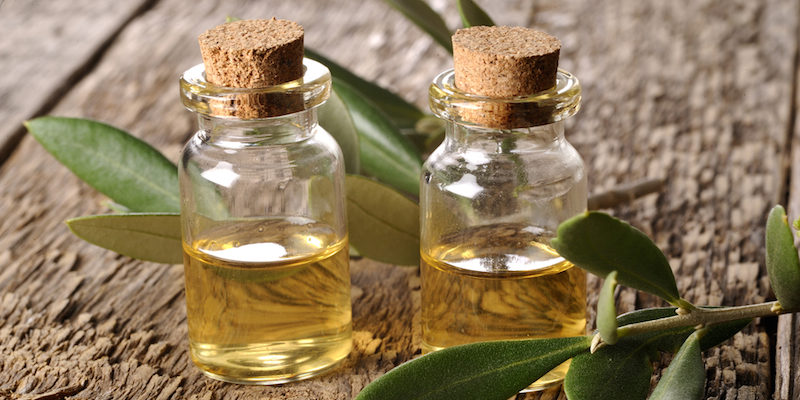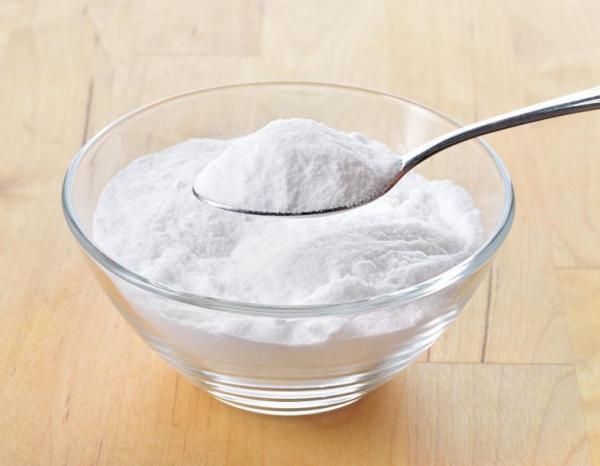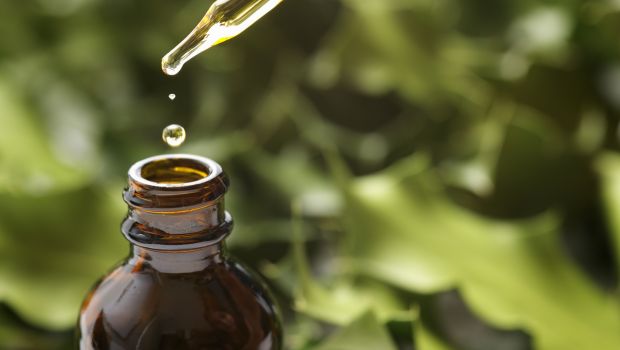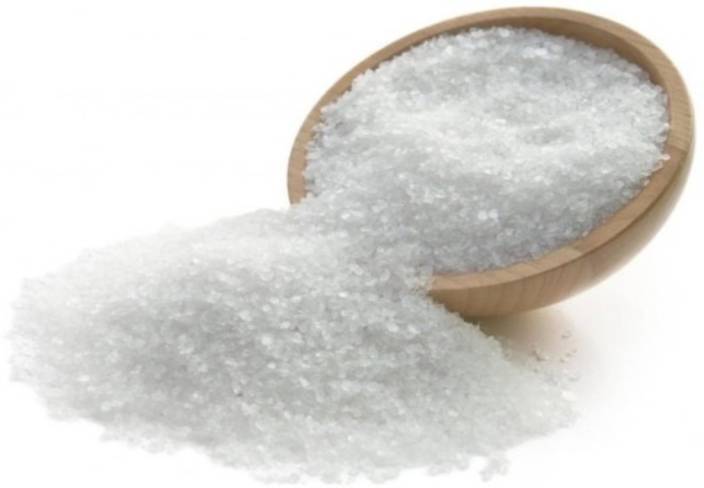


Fingernail fungus can be painful, rapidly spreading and causing an embarrassing appearance around your nail bed and skin. It often results from lack of hydration and can lead to itchiness, irritation and redness of the skin. It can affect your fingernails or toenails, with approximately 8% percent of adults suffering from the infection. With this in mind, it can help to know fingernail fungus home remedies if you think you might suffer from the condition.
While fingernail fungus can be treated by your doctor with a prescription drug or by purchasing an over-the-counter medication at the drug store, these treatments tend to be very irritating. Some of the side effects might include burning, itching, redness, rashes, and excessive dryness. Home remedies often offer the benefit of no side effects, yet effective treatment.
 Vinegar has been used for a long time as an antiseptic because of its antifungal properties. It is very acidic, which deters fungus from growing on skin and nails. The acidity of vinegar can also relieve itching, while restoring pH levels. To use as a one of the fingernail fungus home remedies, you can simply soak your nails in a vinegar water mixture. Mix 2 parts warm water to 1 part vinegar, making enough to cover your nails in a bowl. Soak your nails for 20-25 minutes. Rinse thoroughly and then try with a clean towel. Repeat up to 3 times a week.
Vinegar has been used for a long time as an antiseptic because of its antifungal properties. It is very acidic, which deters fungus from growing on skin and nails. The acidity of vinegar can also relieve itching, while restoring pH levels. To use as a one of the fingernail fungus home remedies, you can simply soak your nails in a vinegar water mixture. Mix 2 parts warm water to 1 part vinegar, making enough to cover your nails in a bowl. Soak your nails for 20-25 minutes. Rinse thoroughly and then try with a clean towel. Repeat up to 3 times a week.
 Tea tree oil has both antibacterial and antifungal properties. This makes for a very effective fingernail fungus home remedy. Mix a couple drops of carrier oil such as olive oil or coconut oil with 3-4 drops of tea tree oil and put on a cotton ball. Apply the cotton ball on the infected fingernail. Push it on the nail so that the oil mixture spread onto it. Use a nail brush to scrub the oil mixture further into the nail and nail bed. Let dry. Repeat up to twice a day until treated. Tea tree oil can be irritating, so discontinue if you experience any adverse reactions like redness, inflammation or itchiness.
Tea tree oil has both antibacterial and antifungal properties. This makes for a very effective fingernail fungus home remedy. Mix a couple drops of carrier oil such as olive oil or coconut oil with 3-4 drops of tea tree oil and put on a cotton ball. Apply the cotton ball on the infected fingernail. Push it on the nail so that the oil mixture spread onto it. Use a nail brush to scrub the oil mixture further into the nail and nail bed. Let dry. Repeat up to twice a day until treated. Tea tree oil can be irritating, so discontinue if you experience any adverse reactions like redness, inflammation or itchiness.
 The antifungal properties of baking soda thwart the growth and spreading of nail fungus. To use as a home remedy, mix 1 part water to 2 parts baking soda to form a paste. With a cotton swab, coat the mixture onto the infected fingernails, underneath the nail and into the nail bed. Let it set for 10-15 minutes. Rinse thoroughly and dry with a clean cloth. Repeat up to twice a day until infection is gone.
The antifungal properties of baking soda thwart the growth and spreading of nail fungus. To use as a home remedy, mix 1 part water to 2 parts baking soda to form a paste. With a cotton swab, coat the mixture onto the infected fingernails, underneath the nail and into the nail bed. Let it set for 10-15 minutes. Rinse thoroughly and dry with a clean cloth. Repeat up to twice a day until infection is gone.
 The use of hydrogen peroxide is one of many fingernail fungus home remedies. The main thing to remember is to use the over-the-counter strength of 3% as anything higher will be too strong. To use, place a 3-4 drops of hydrogen peroxide onto a cotton ball and press onto infected nail. Leave for a few minutes and then dry with clean cloth or different cotton ball. Repeat up to 5 times a day to treat and then 1-2 times a week for a couple months to keep from reinfection.
The use of hydrogen peroxide is one of many fingernail fungus home remedies. The main thing to remember is to use the over-the-counter strength of 3% as anything higher will be too strong. To use, place a 3-4 drops of hydrogen peroxide onto a cotton ball and press onto infected nail. Leave for a few minutes and then dry with clean cloth or different cotton ball. Repeat up to 5 times a day to treat and then 1-2 times a week for a couple months to keep from reinfection.
 Epsom salt is a highly effective treatment for fingernail fungus because it exfoliates as it treats, making the healing process quicker. It has antifungal, antibacterial, and anti-inflammatory properties, so it can be used to treat several different types of skin conditions. To treat your nails, boil enough water so you will be able to cover your nails in a bowl. Let the water cool to the point you can soak your hands. Pour the salt on your infected fingernails. Make sure the salt is concentrated around the nails. Soak for 20 minutes before rinsing and drying with clean cloth. Repeat 2-3 times a day, until treatment is effective.
Epsom salt is a highly effective treatment for fingernail fungus because it exfoliates as it treats, making the healing process quicker. It has antifungal, antibacterial, and anti-inflammatory properties, so it can be used to treat several different types of skin conditions. To treat your nails, boil enough water so you will be able to cover your nails in a bowl. Let the water cool to the point you can soak your hands. Pour the salt on your infected fingernails. Make sure the salt is concentrated around the nails. Soak for 20 minutes before rinsing and drying with clean cloth. Repeat 2-3 times a day, until treatment is effective.
 Coconut oil works as a barrier that prevents fingernail fungus from penetrating the nail and nail bed and infecting the area. It also kills the fungus with its antifungal properties. To use as one of the effective fingernail fungus home remedies, massage the oil into the infected nails and surrounding skin. Then take a bandage soaked in the oil and wrap the infected fingernails with it. Put your hand in a clean sock and leave overnight. In the morning, take off the bandage. You can repeat up to 5-6 times a day.
Coconut oil works as a barrier that prevents fingernail fungus from penetrating the nail and nail bed and infecting the area. It also kills the fungus with its antifungal properties. To use as one of the effective fingernail fungus home remedies, massage the oil into the infected nails and surrounding skin. Then take a bandage soaked in the oil and wrap the infected fingernails with it. Put your hand in a clean sock and leave overnight. In the morning, take off the bandage. You can repeat up to 5-6 times a day.
 Apple cider vinegar is very acidic, which makes it hard for fungus to grow. By applying it to your fingernails and nail bed, it prevents fungus from setting in and infecting the area. You can also treat the infection with apple cider vinegar. Simply mix 1 part water with 1 part apple cider vinegar. Soak your finger in the mixture for about half an hour. Dry with a clean towel. Repeat up to 3 times a week.
Apple cider vinegar is very acidic, which makes it hard for fungus to grow. By applying it to your fingernails and nail bed, it prevents fungus from setting in and infecting the area. You can also treat the infection with apple cider vinegar. Simply mix 1 part water with 1 part apple cider vinegar. Soak your finger in the mixture for about half an hour. Dry with a clean towel. Repeat up to 3 times a week.
If you do not have time to let your nails soak, consider this alternative method. Put a couple drops of the vinegar directly onto the infected fingernails. Let them sit for 3-5 minutes. Repeat up to 3 times a day, until the fungus infection is gone.